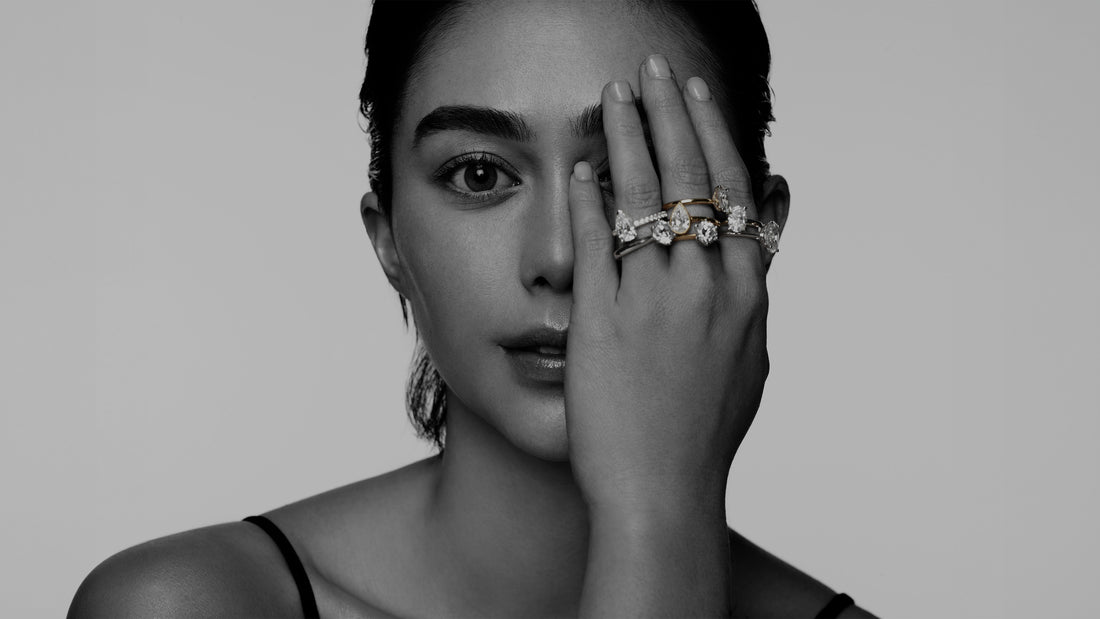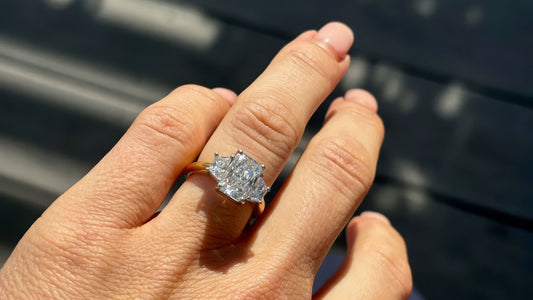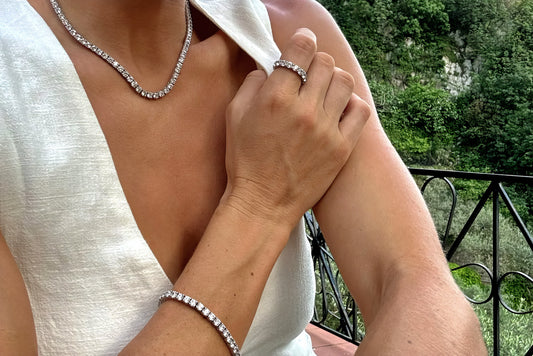Historically, diamonds have glittered as symbols of luxury, exclusivity, and elite status. For centuries, natural diamonds were the ultimate mark of an opulent lifestyle—think of Hollywood starlets draped in diamonds on the red carpet or royalty adorning their crowns with these precious stones. The allure was in their rarity, their journey from deep within the earth to the polished pieces that graced the fingers of the world’s wealthiest. They weren’t just gemstones; they were an unspoken code of high society, a testament to the wearer’s place in the world.
Fast forward to today, and the diamond landscape is undergoing a fascinating transformation. Enter Gen Z—a generation known for challenging the status quo, embracing inclusivity, and prioritizing sustainability. For them, diamonds aren’t just about glitz and glam. They’re about choices, values, and the stories behind the stones.
Here at The Cut, we’ve noticed that while older generations might still associate diamonds with exclusivity and tradition, Gen Z is all about accessibility and ethics. This doesn’t mean they’re turning away from diamonds; rather, they’re reimagining what owning a diamond can mean.
One of the most significant shifts we’re seeing is in the way different generations perceive natural and lab-grown diamonds. For Baby Boomers and Gen X, natural diamonds often hold sentimental value, seen as timeless and irreplaceable heirlooms. They’re valued for their age-old legacy and the traditional craftsmanship involved in transforming rough stones into sparkling treasures. The rarity and the notion that these gems are a finite resource make them especially appealing.
But for Millennials and Gen Z, lab-grown diamonds are quickly becoming the go-to option. Why? Because they align with the values that define these generations. Lab-grown diamonds have a smaller carbon footprint, and are often more affordable. These factors resonate with a generation that’s deeply concerned about environmental issues and social justice. For them, choosing a lab-grown diamond doesn’t diminish the value of the stone; if anything, it enhances it by ensuring that their purchase reflects their principles.
At The Cut, we believe that education is the key to understanding these shifts and helping every generation make informed decisions. Whether you’re drawn to the historical allure of natural diamonds or the ethical appeal of lab-grown stones, what’s important is knowing the story behind your jewelry.
We’re here to provide that education. We’re here to guide you through the nuances of each type of diamond, to help you understand why a Gen Z buyer might lean toward a lab-grown option, or why a Baby Boomer might treasure a natural diamond passed down through generations. By understanding the different perspectives and the values that drive them, you can make a choice that feels right for you.
As we look to the future, it’s clear that the diamond industry is evolving. What was once a symbol of exclusivity is becoming more inclusive, with options that cater to a broader range of values and budgets. This shift doesn’t diminish the allure of diamonds; it enhances it by making these beautiful stones accessible to more people, for more reasons.
So whether you’re a traditionalist who cherishes the natural beauty of earth-mined diamonds or a forward-thinker excited by the possibilities of lab-grown gems, know that your choice is valid. At The Cut, we celebrate all diamonds and the diverse perspectives that come with them.
Because in the end, a diamond is more than just a stone—it’s a reflection of who you are and what you value. And that’s something that transcends generations.


